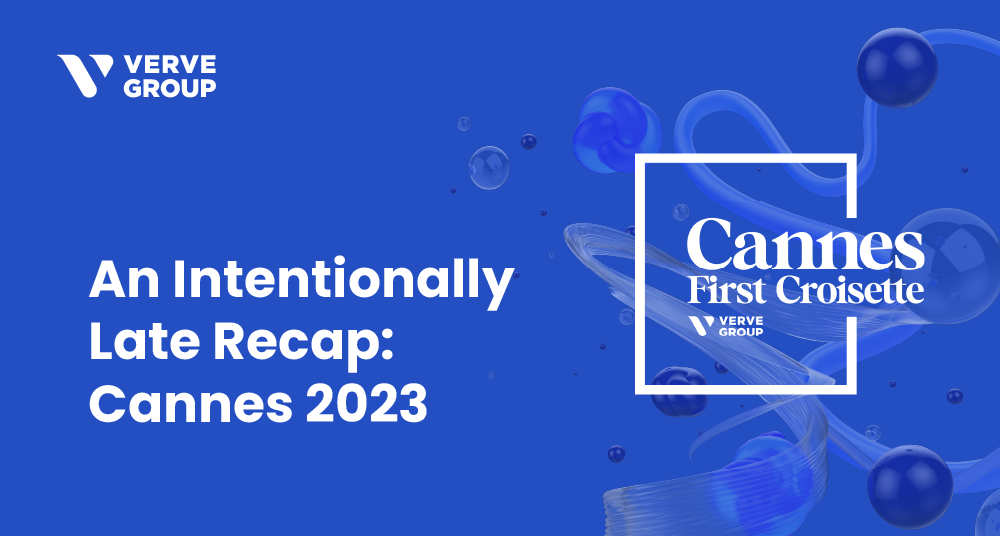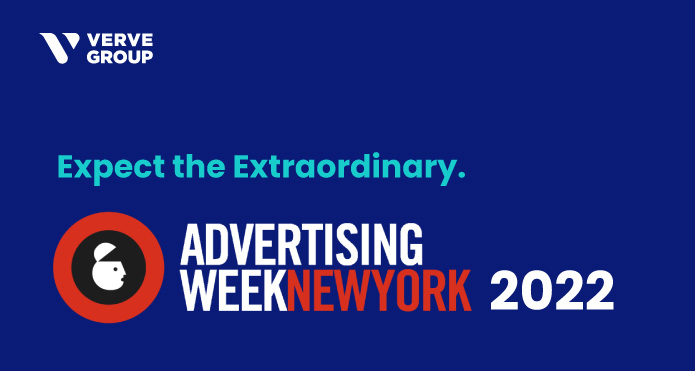Contextual isn’t new, but advancements will solve marketers’ headaches

EDITOR’S NOTE: This article originally appeared in AdvertisingWeek. It was the rise of behavioral targeting, which tracks users’ online activities and personal data, that saw contextual advertising dethroned as the industry’s default targeting method. Fast forward to today and behavioral targeting is facing serious limitations, while significant developments in contextual are bringing this approach back to the fore. Here’s why . . . In the ever-evolving digital advertising landscape, marketers will face periodic challenges in effectively reaching and engaging their target audiences. Privacy is the latest challenge – and it’s a big one. The focus on privacy began in 2018 with the introduction of the General Data Protection Regulation (GDPR) in Europe. This was followed by similar initiatives worldwide, such as Apple’s App Tracking Transparency, Android’s Privacy Sandbox and Google’s upcoming phasing out of third-party tracking cookies on Chrome by the second half of 2024; beginning for 1% of users as early as the first quarter of 2024. Having to navigate restrictions that govern the collection and use of consumer data has left marketers frantically searching for alternative approaches. The advertising industry must go back to the drawing board, and the easiest way to start is by revisiting existing approaches that offer compliant targeting at scale. Contextual is emerging again as the dominant solution for marketers. The drawbacks of conventional approaches Contextual marketing revolves around understanding the environment where an ad appears and tailoring the content based on the relevant factors surrounding the user’s browsing experience. This approach leverages factors such as website content, keywords, location, and device type to deliver relevant and timely ads to users. However, recent research by TPA Digital has found some contextual solutions fall short of meeting their basic campaign goals. Advertisers often find themselves wasting significant spend on ads that fail to reach their target audiences. Inaccurate keyword analysis, limited contextual understanding, and insufficient real-time optimization are contributing to suboptimal campaign performance. The other issue is the growing problem of next-generation “content farms” created to hijack programmatic advertising revenue. An internet trust tool, NewsGuard, is tracking an increasing number of spammy, AI-generated news sites. They expect that generative AI will cause more of the estimated $2.6 billion of advertising revenue per year unintentionally funneled toward misinformation news sites. With this boom in the number of irrelevant, misleading and valueless articles published daily, advertisers now find themselves between a rock and a hard place when it comes to getting quality results from ad spend using conventional contextual targeting. AI-optimized contextual tools offer better targeting The good news is that machine learning, natural language processing, and data analysis are driving innovation in contextual targeting. These new technologies enable advertisers to analyze and interpret vast amounts of data to deliver highly targeted ads to the right audience. By considering the context of where an ad appears, marketers can target the user’s immediate needs and interests with specific messaging, leading to improved engagement and conversion rates. Through these advancements advertisers are able to reach consumers with accuracy and speed, maximizing the chances of engaging them in meaningful ways. Advertisers can also ensure they are able to deliver the personalized and engaging experiences consumers expect. For example, natural language processing technology is enabling hyper-accurate cohort targeting capabilities. There is also the potential for contextual solutions to “understand” and mine content beyond text content, such as brand audio, videos, and apps. Models are also being built on contextual capabilities that understand affinity and match content with the open web. Contextual empowers marketers to leverage their most valuable currency — attention. By moving away from clicks towards attention and reaching consumers in the moments that matter to them, they can fine-tune campaigns at any time towards their desired metrics – and ultimately improve outcomes. This real-time contextual analysis and AI-driven optimization means brands can advertise alongside highly relevant, fresh content, at the precise moment that it is attracting large audiences. As with many evolutionary matters, change can be painful, but also necessary. As the industry is pushed relentlessly towards the edge of the third-party cookie tracking precipice, innovations in contextual are ensuring that marketers can meet and engage with their audiences in the new privacy-first world.
An intentionally late recap: Cannes 2023

Have you ever gotten emails from different companies that all say the same thing? It may be an industry news rag; it may be an email campaign about special products and services; it may be about events that want to see our smiling faces in their locales. If you were watching what happened at this year’s Cannes Lions International Festival of Creativity, you received so many emails about these subjects and more. Chances are you have received wrap-up emails highlighting key takeaways from Cannes as well. (I have counted 16 emails in my trash folder since Cannes ended). This year, Verve has taken a different approach: I had a chance to ask different Verve leaders about their experiences at Cannes, specifically finding out what they will apply with their teams, their customers and their organizations. Here is a summary of these discussions: AI’s Potential and Risks Verve really needs to think about the effects of how and where AI is utilized. Cannes revealed excitement and trepidation around AI, as we expected. Conversations centered around AI’s applications in creativity and focused as much on the risks, fears, and safeguarding issues as the benefits and opportunities. Verve needs to think about how it balances advances in technology with the people whose brains and insights form a unique advantage for us. Sustainability in Media Verve needs to validate sustainability is as important a measurement as ad impressions or eCPMs. Perhaps more than any topic, sustainability was a frequent discussion. We heard from attendees that while last year’s conversations focused on what we could do in the future, the narrative was focused on implementation with clear objectives. Thanks to our new partnership with Cedara, we will be in a much better position to make that happen. Reaffirming Commitments to DEI Verve can have a stronger voice on diversity, equity, and inclusion (DEI). More than a few colleagues heard discussions about Bud Light’s work with a transgender influencer as the primary example of inauthentic connections. Thankfully, many Verve attendees took this discussion as a challenge. One of our panelists at Verve’s “The Art Of Data” event said it best. “Now is the time to be courageous,” said FKA’s Linsey Loy. “Marketers are on the front lines of DEI and have a responsibility to do better.” Here’s hoping that Cannes 2023 (and future events) can be remembered for its accountability as much for its creativity. (In the meantime, you can find Verve connecting with brands, agencies, publishers, and partners at industry events throughout the year.)
Expect the extraordinary: A forecast of Advertising Week New York 2022

Marketers and advertisers can’t resist any opportunity for a cleverly-worded theme. True to form, the name of the game for Advertising Week New York is all about “celebrating the confluence of culture, commerce, and creativity.” With so much great programming, it’s a little overwhelming to know where to start when trying to prioritize which AWNewYork sessions and presentations to attend. For some food for thought, here are some of what Verve expects to be the hottest topics and most exciting emerging trends to keep an eye out for during AWNewYork this year.
